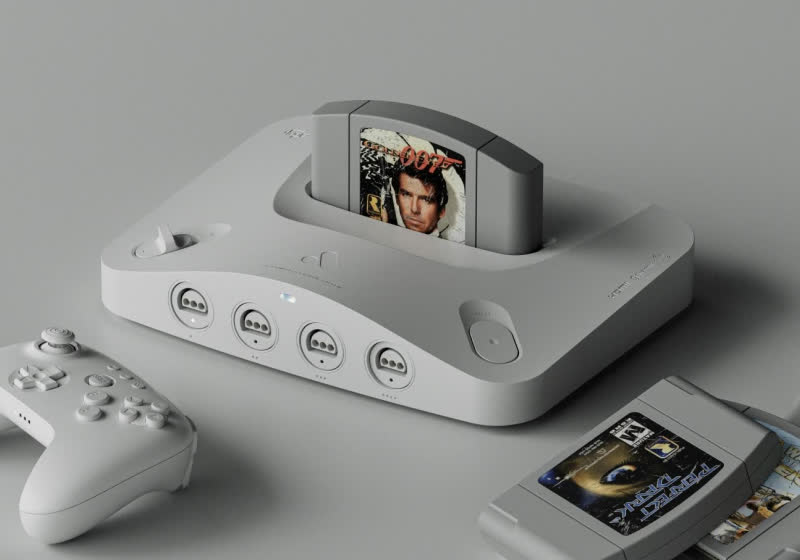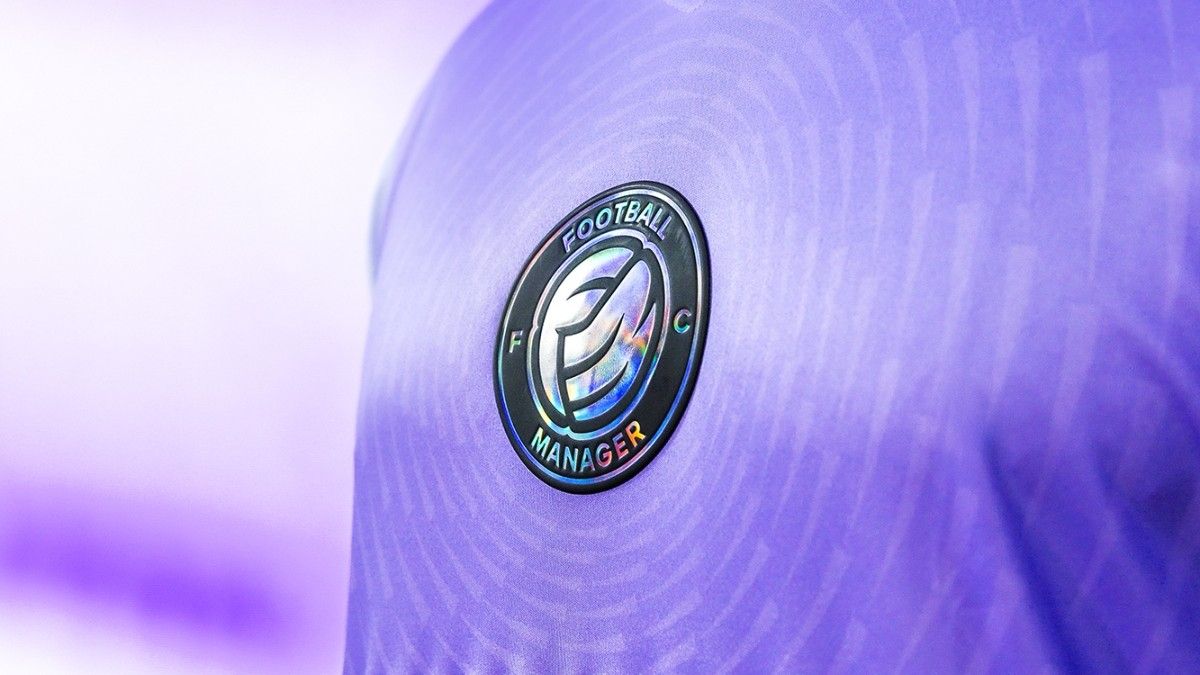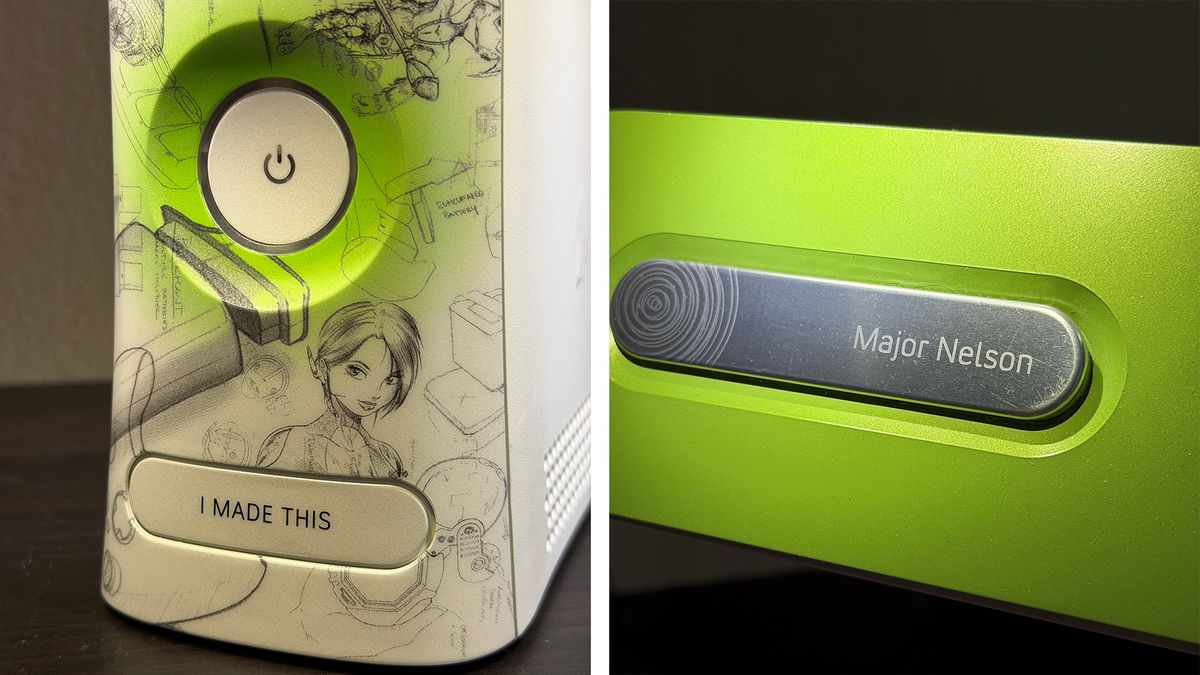Beware! Buying used camera gear is addictive. Photography can be an expensive hobby and finding out how easy it is to get great gear at a reasonable price only leads to buying even more gear at a "reasonable" price. Trust me, I've done it a lot. Finding the lens or camera you want at a lower price is great, but even better is finding older, discontinued models that can give that retro look with no editing required.
While eBay is the obvious answer for finding anything used, that's only one option and, for a variety of reasons, not the best. Specialized resellers of camera gear might have higher prices but offer peace of mind that random internet sellers do not. So here's where to look for used camera gear and what to consider when you've found the model you were looking for.
Where to get used camera gear
Let me start with that initial obvious answer. The issue with eBay is that you have no real idea about the condition of the camera you're buying. Sure, the better sellers will have detailed photos of (allegedly) the camera you're buying, but a photo can never tell you the whole story. It might seem like it's in good shape, but does the shutter actually work, is there dirt or worse in the lens? I've bought camera gear on eBay, and generally it was fine. But in one case I got a different camera than what the ad claimed to be selling.
Specialty resellers
The two biggest names in camera gear reselling are KEH and MPB. These sites specialize in buying and selling everything from lenses to cameras to flashes and tripods. The gear they buy gets inspected, the condition rated and it's put up for sale with a price based on that condition. I've bought a lot of gear from KEH over the years, and CNET Managing Editor Josh Goldman has bought a bunch from MPB. While prices and selection are often fairly similar, at least for bigger-name and more popular cameras and lenses, one big advantage that MPB has over other resellers is that they photograph each item. So you can see the condition of the actual item you want to buy.
Other options include retailers that also offer used gear. Adorama, for instance, has a ratings system for its used gear. B&H Photo has a similar ratings system for its used department. In both cases, there's a short description to go with the rating -- like "Condition: 9 Minor surface marks," for example -- but no images of the actual item you're buying. I've bought new gear from both but haven't tried any of Adorama's used gear.
Depending on where you live, there might still be an actual, physical camera store. Many of these will offer a selection of used gear as well. These stores likely won't have anything close to the selection of the online options, but you'll at least be able to hold and potentially try out any of the gear you're considering. Or maybe you'll find something you weren't considering and buy that too. Now you have two new lenses. Ask me how I know.
A listing on MPB for the Fujifilm X100VI, one of our picks for best point and shoot camera.
If you're looking for more mainstream items, like popular cameras and lenses, it's worth checking all of the above for the best combination of condition and price. For more rare items, like 20-plus-year-old digital cameras, you might only find them in one place. If you're looking to sell some old gear you found, you might get a better price from one than from another. It's also worth noting that in most cases, they'll give you more money for gear you're selling as store credit than cash.
In all the above cases, the biggest benefit is the ability to return the used item if it's not exactly what you were looking for, or rarely, if it doesn't work as promised. You should be able to do that with eBay, but how easy that will be will vary depending on the individual seller. Also, some of the stores above offer a warranty for their used gear, something you won't get on eBay.
Yard, garage and estate sales or thrift stores
You only have to see one great clip from Antiques Roadshow or Pawn Stars to start wondering if you can find undervalued camera gear temporarily in the hands of someone who doesn't know what they have. Theoretically yes, this can happen. There's a lot of used camera gear out there and to someone not curious about the hobby, a lens is a lens and an old camera is an old camera.
It's certainly worth keeping an eye out, but this option is best for people who know what they're looking for. I'll explain more in the next section, but a dusty, forgotten lens in the back of a thrift store might be an epic find or damaged trash, ripe with fungus. If you're willing to make that gamble on a potential bargain you could find something special... or not.
Important aspects to consider when buying used camera gear
Once you've figured out where to buy from, or more likely, the several options where to buy from, there are a bunch of other things to consider. Some of the following will be, or at least should be, addressed by the seller in their listing of the product. Others are questions to ask yourself about whether or not this specific camera or other gear is actually right for you.
Condition
The most obvious consideration is the condition of the gear. "Scratched but working" is far better than "seemingly undamaged but secretly trash." A dropped lens might not have any external signs that the interior elements are misaligned. A flawless-looking camera from 2005 might not be able to save to its memory card or even boot up. There are a lot of variables, and the better websites will offer significant details into what makes up their condition rating (if any).
Batteries
The battery is one of the most likely things to die on an older camera. You might be able to find a replacement, but not always.
Sarah Tew/CNETAll modern cameras need batteries, even most film cameras from approximately the last 50 years. If you're lucky, the camera you're considering uses off-the-shelf batteries, like a pair of AAs or a squat lithium that's expensive but obtainable. If you're not so lucky, you've got your heart set on a camera that uses bespoke rechargeable batteries that have almost certainly aged poorly. Will it hold a charge? If not, can you find a replacement? You should be able to find the owner's manual online, or a web search for "camera model plus battery." If the camera is 15-plus years old and uses a rechargeable battery, I'd be cautious. It might be fine, but more likely it won't be.
Memory cards and storage
I subscribe to several photography subreddits (shocker, I know). It seems like every week, someone posts about a cool "old" camera they bought that was made in the early 2000s and how they can't figure out how to get the photos from it. More on this broader problem in a moment, but there were two main ways to get images off cameras in ye olden days before Wi-Fi and Bluetooth were in every product.
The first is with USB, almost certainly Micro (the tiny flat one) or Mini (the small trapezoid one). Even younger readers have likely used gear with Micro-USB, as it was relatively common until the rise of USB-C a few years ago. Mini was rare at that point, but not unheard of. The good thing about USB is that, in theory anyway, it should "just work" if you have the right cable. You will, of course, need a computer. The computer should recognize the camera and let you access the files. This will largely depend on how popular the camera was in its day and how old it is. A Sony, Canon, Nikon or Panasonic camera from 10 to 15 years ago? Almost certainly fine. A no-name camera from 20-some years ago? Perhaps not.
A Nikon D800 (from 2012) with both CompactFlash and Secure Digital (SD) cards.
Sarah Tew/CNETThe second, and far more common way, was via a variety of nearly forgotten memory card formats. These days, nearly all consumer cameras use one of two sizes of Secure Digital cards. That wasn't always the case. If you didn't have a camera in-era, the two most common types you might not have seen before are Memory Stick and CompactFlash. Memory Stick was Sony's own format. CF was used in a variety of cameras and in various updated forms like CFexpress, used quite regularly, even recently. Assuming the card still works, you should be able to find a reader for it. If it doesn't work, you'll need to hunt for a used replacement. A quick search online turns up some used and allegedly tested options, so you might be OK.
Lens system
If you're buying an interchangeable lens camera, be it an old film SLR, DSLR or more modern mirrorless camera, it's worth researching how many lenses are available and how easy it is to adapt to use modern lenses. Many older cameras can use modern lenses, sometimes without an adapter. For instance, a 20-year-old Nikon D50 can use the same F-mount lenses as many other older and newer Nikon cameras. Also, some older lenses can be used on modern cameras with an inexpensive adapter. I've used 50-year-old Canon FD lenses on my R6 (RF mount) mirrorless with a $35 adapter. Keep in mind that when you're using older or newer lenses than your camera, the autofocus and auto-aperture might not work. That's all part of the fun, really.
A fungus among us
A particularly noticeable lens fungus. It can also look like small, almost dust-like clumps.
Yuzuru Gima/GettyImagesOne of the insidious "killers" of lenses is fungus growing inside. These can look like little dots, clumps of dots, or branching lines, all of which can show up as dark spots or blurry areas in your images. Theoretically, you can have a lens cleaned to remove the fungus, but that might not be cost-effective for what you paid for the lens. Reputable resellers will likely not even sell a lens with a fungus issue, or they'll be up-front about it and drastically lower the price. Personally, I wouldn't buy a lens with this issue regardless of price. If you're buying from a less-reputable reseller and the lens you receive has little fungi friends growing inside, I'd recommend returning it.
Unsupported antiquity
The good thing about film cameras is that they were pretty well standardized for decades. If you buy a Canon from the 1970s, for example, it's going to work similarly to one from the 1980s, 90s or 2000s. New models will definitely have more features, but if you put the film in correctly, you'll likely get photos of some quality (after you get them developed, of course).
The Apple QuickTake 200 from 1997, one of the first consumer digital cameras. It had 640x480 resolution and was made by Fujifilm.
Oleksandr Rupeta/NurPhoto via Getty ImagesDigital cameras… well, not so much. It was the wild west there for a while, with many different varieties of the aforementioned memory cards, batteries and so on. There were no apps and no easy transfer of photos and videos. You should be able to connect to a modern computer and access what you shot, but it's possible the computer won't recognize the camera or vice versa. We take for granted how easy things are now, with Bluetooth connectivity, app control, fully functional USB connections and so on. Anyone wanting to ditch that for "the way things were" might be in for a shock when they learn that it was all a bit trash from a usability standpoint. There was a reason everyone ditched cameras for smartphones. It was just way more convenient.
I say that as someone who loves and has way too many cameras, both old and new. Just know what you're getting into and enjoy that aspect as much as leaving your phone in your pocket, and just taking photos for the sake of taking photos.
In addition to covering cameras and display tech, Geoff does photo essays about cool museums and other stuff, including nuclear submarines, aircraft carriers, medieval castles and epic 10,000-mile road trips.
Also, check out Budget Travel for Dummies, his travel book, and his bestselling sci-fi novel about city-size submarines. You can follow him on Instagram and YouTube.









 English (US) ·
English (US) ·